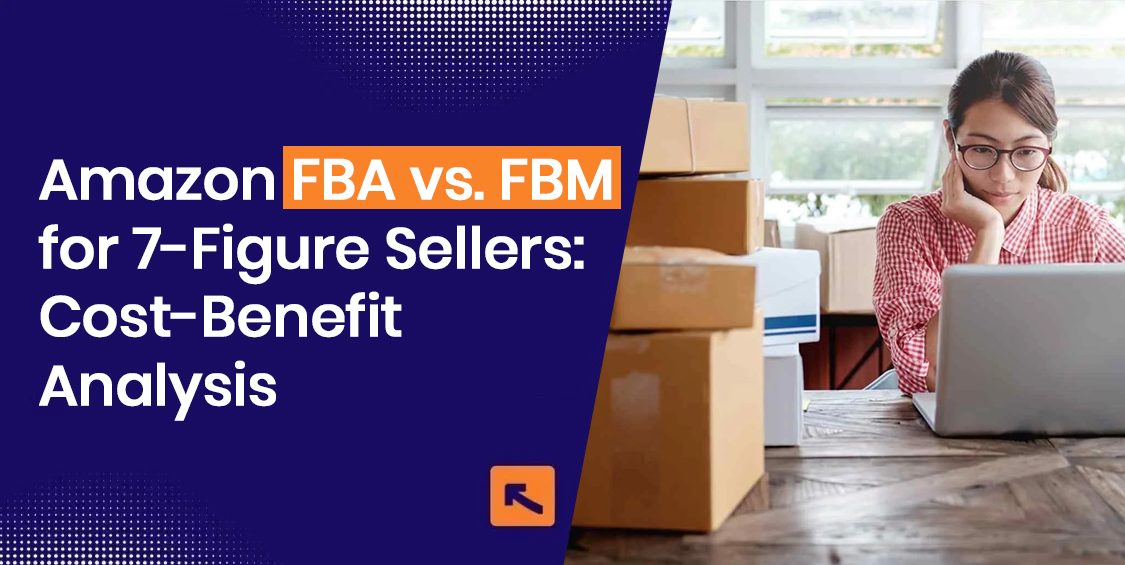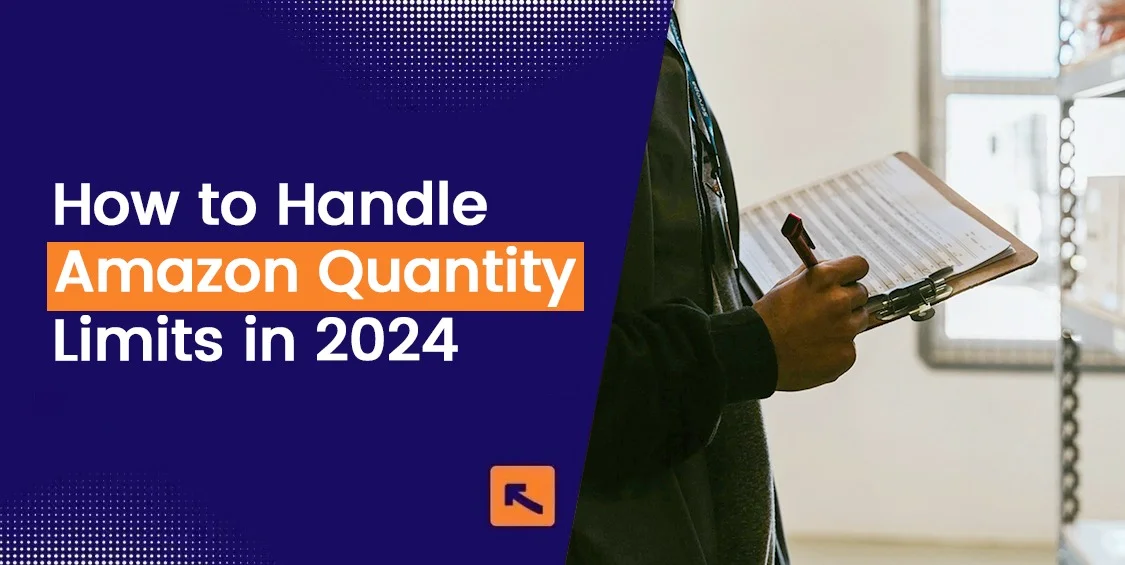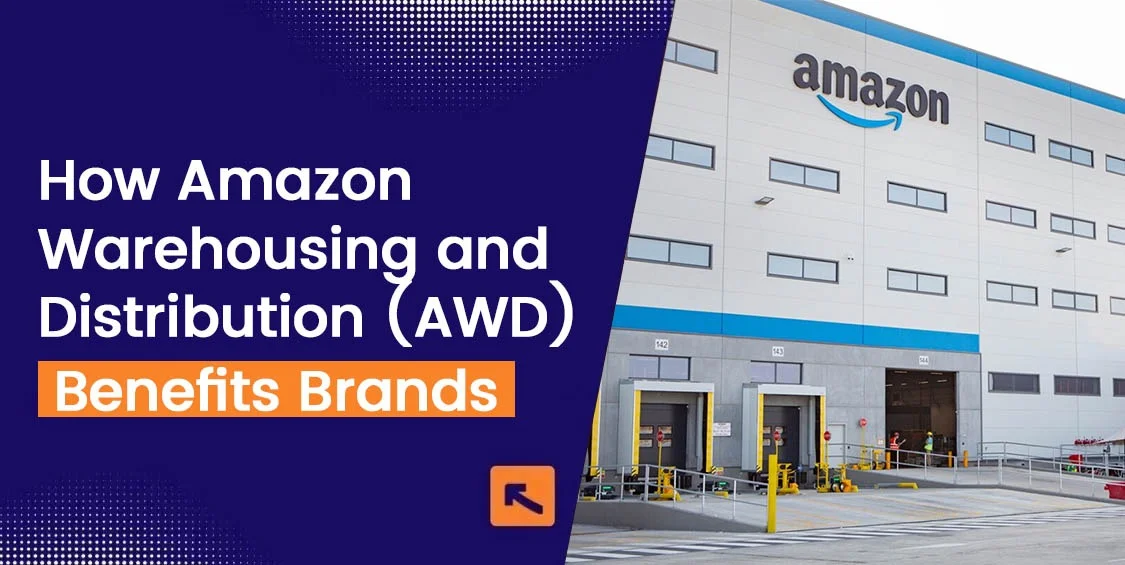For Amazon third-party (3P) sellers, managing inventory and minimizing Fulfillment by Amazon (FBA) fees can make or break profitability. These sellers rely on efficient processes to avoid costly mistakes and maximize their sales on Amazon’s highly competitive marketplace. If you’re an Amazon 3P seller, you might be wondering how you can fine-tune your inventory management to improve turnover and reduce the hefty FBA fees that eat into your margins.
In this guide, we’ll cover practical strategies for managing inventory turnover more efficiently while keeping those FBA fees in check, all in a simple, actionable way.
What is Inventory Turnover for Amazon 3P Sellers?
Inventory turnover refers to how quickly you sell and replace the stock you store in Amazon’s fulfillment centers. High turnover means you’re moving products quickly, which is ideal for minimizing storage costs and avoiding long-term storage fees. Low turnover, on the other hand, indicates slow sales, leading to excessive storage fees that can significantly impact your profit margins.
The goal is to strike a balance—selling your products quickly enough to avoid unnecessary costs but ensuring you have enough stock to meet demand.
Why is Inventory Turnover Crucial for Reducing FBA Fees?
Amazon FBA fees can sneak up on you if you’re not careful, and they come in many forms. These include storage fees, fulfillment fees, and long-term storage fees for inventory sitting in warehouses for more than 365 days. Slow-moving products result in higher storage fees, which means you’re paying Amazon more for keeping products that aren’t generating revenue.
By improving inventory turnover, you can lower these costs and keep your business running smoothly. Here’s how.
Strategies to Improve Inventory Turnover and Reduce FBA Fees
- Accurate Demand Forecasting
One of the biggest challenges for Amazon 3P sellers is predicting demand accurately. If you overstock, you risk paying unnecessary storage fees; understocking leads to stockouts and missed sales opportunities. The key is to find a balance, and that starts with demand forecasting.
Use tools like Amazon’s own inventory reports or third-party platforms like Helium 10 to analyze sales trends, seasonality, and product performance. By doing so, you’ll be able to plan inventory purchases more effectively and reduce excess stock.

- Implement Inventory Management Tools
Using manual spreadsheets to track inventory can work for a while, but as your business grows, it becomes inefficient and prone to errors. Invest in an automated inventory management tool that integrates with Amazon, helping you keep track of sales, stock levels, and reordering schedules.
These tools will alert you when it’s time to restock, suggest optimal order quantities, and even help you prevent over-ordering. For example, tools like InventoryLab or SoStocked can offer real-time data on your inventory, enabling better turnover and reducing the risk of overstocking and long-term storage fees.
- Remove Slow-Moving Inventory
Slow-moving inventory costs you more than just storage fees; it also affects your overall sales velocity and ties up capital that could be used elsewhere. If you have products that aren’t selling as expected, consider running promotions or discounts to move them out of Amazon’s warehouse faster.
Amazon offers a variety of options to help you clear excess inventory, including Fulfillment by Amazon (FBA) Liquidations and FBA Donations programs. These programs are designed to help you offload unsellable stock while minimizing the financial hit.
- Use Amazon’s Inventory Performance Index (IPI) Score
Amazon assigns every seller an Inventory Performance Index (IPI) score, which reflects how efficiently you manage your inventory. A high IPI score can help you avoid some storage fees, while a low score can result in penalties.
The score is based on factors like excess inventory, sell-through rates, and stranded inventory. Keeping your IPI score high means you’re moving products quickly, minimizing storage costs, and reducing overall FBA fees.

- Optimize Your Product Listings
Sometimes, improving turnover isn’t just about managing inventory but also about increasing the visibility and appeal of your products. Ensure your product listings are optimized with the right keywords, high-quality images, and compelling descriptions. This will improve your product’s ranking in Amazon search results and lead to faster sales.
Source: How To Optimize Amazon Product Listing Title? | AMZ DUDES
By enhancing your listings, you’ll not only move products more quickly but also improve your overall profitability, ensuring your brand gains greater visibility, attracts more potential buyers, and stands out from the competition on Amazon’s vast marketplace.
How to Reduce Specific FBA Fees
Reducing FBA fees isn’t just about improving inventory turnover. Here are a few more direct actions you can take to reduce the costs Amazon charges to store and ship your products.
- Reduce Packaging Size and Weight
FBA fees are largely based on the size and weight of your products. If possible, work with your suppliers to reduce the dimensions of your packaging. Lighter and smaller products cost less to store and ship, which can result in significant savings over time.

- Utilize Amazon’s Restock Limits Feature
Amazon imposes restock limits to prevent sellers from overstocking their warehouses. By carefully monitoring your restock limits, you can avoid penalties and manage inventory levels more effectively. Ensure you’re not sending in too much inventory at once, especially if it’s a slow-moving product.
Whether you’re an established brand/retailer or new to Amazon selling business, you must know about these Essential Tips for Amazon Restock Inventory in 2024.
- Regularly Review FBA Fee Structure Updates
Amazon frequently updates its fee structure, and failing to stay informed can lead to unexpected costs. Regularly check Amazon’s Seller Central for any changes in storage or fulfillment fees, and adjust your inventory strategy accordingly.
Here is a recent Amazon FBA storage cost for 2024:
To learn more about Amazon FBA Fulfillment costs, you can visit their website, Fulfillment by Amazon (FBA).
Balancing Sales Velocity and Inventory Costs
Ultimately, improving inventory turnover and reducing FBA fees come down to a balance between sales velocity and inventory management. You want your products to sell fast enough to avoid long-term storage fees, but you also need to ensure you’re not understocking and missing out on potential sales.
Many successful Amazon 3P sellers focus on a just-in-time inventory strategy, where they keep minimal stock and reorder frequently based on demand forecasts. This reduces the risk of excess storage fees while keeping sales flowing.
Conclusion
For Amazon 3P sellers, boosting inventory turnover and minimizing FBA fees are crucial for maintaining profitability and staying competitive. By accurately forecasting demand, utilizing inventory management tools, and closely monitoring Amazon’s metrics like IPI scores, you can keep costs low and ensure your business runs efficiently. Implementing these strategies will not only reduce your FBA fees but also help you maintain healthy stock levels and improve overall sales performance.
Looking for expert help to optimize your Amazon FBA business? At AMZDudes, we offer tailored solutions to help you manage inventory, lower FBA fees, and enhance your profitability. Our team is ready to support your growth on Amazon with proven strategies. Contact us today to take the next step toward a more efficient and profitable Amazon business!





